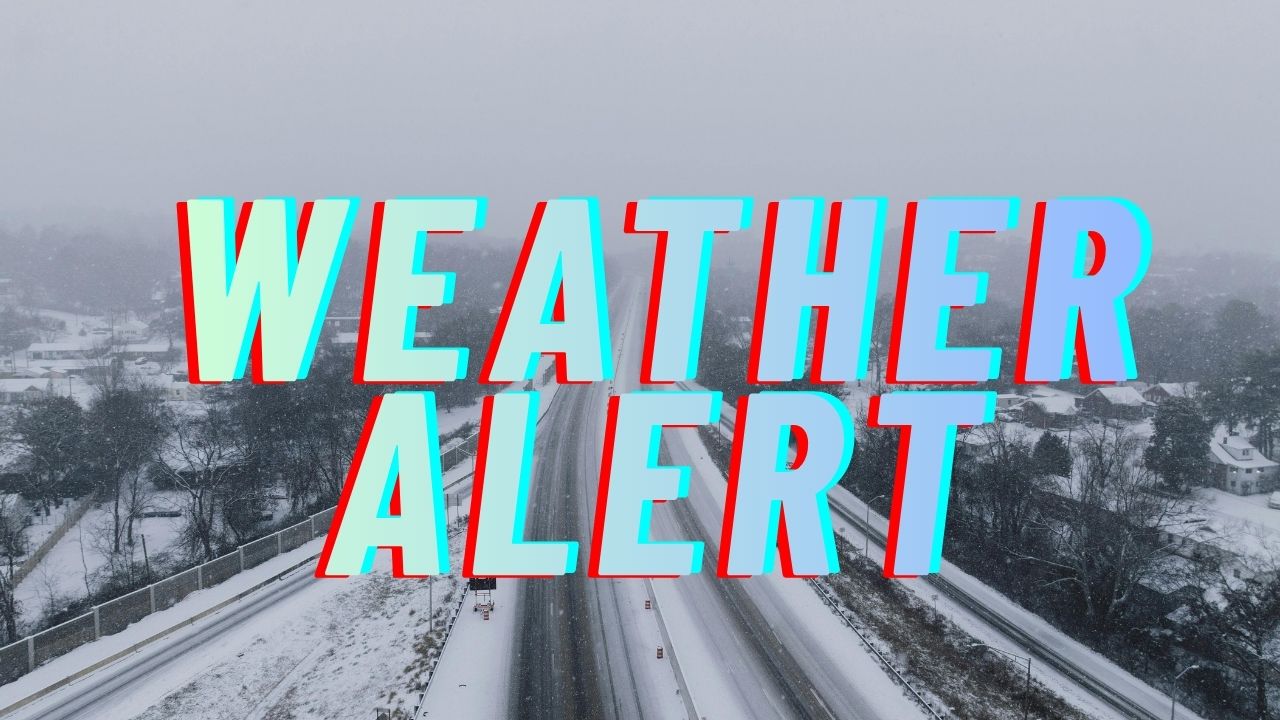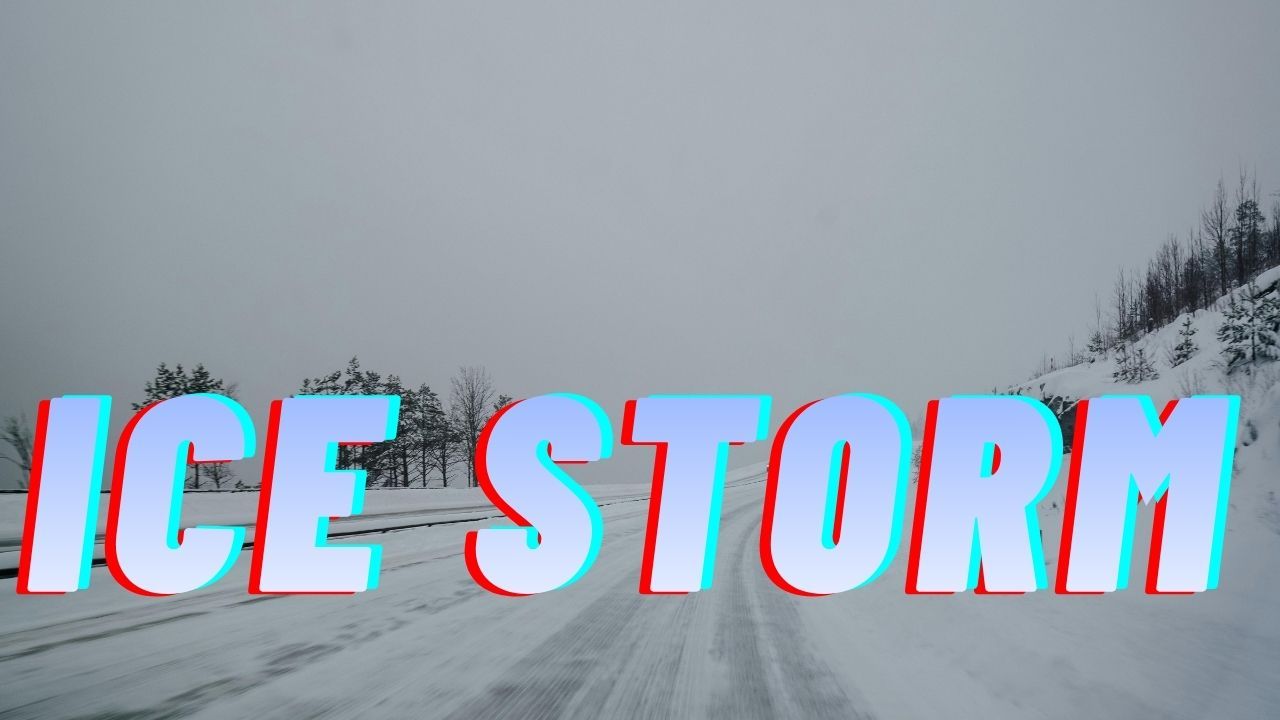Anchorage, AK – As Thanksgiving travel approaches, Alaska transportation officials are urging residents to prepare for harsh winter driving conditions, warning that icy roads, low visibility, and freezing temperatures will make travel more dangerous across the state. From Anchorage and Juneau to Fairbanks, drivers are being reminded to take every precaution before heading out on holiday road trips.
The Weather Outlook and Travel Concerns
According to the Alaska Department of Transportation and Public Facilities (DOT&PF), November marks one of the most hazardous months for motorists due to fluctuating temperatures, snow accumulation, and longer periods of darkness. This year, forecasts indicate a mix of subzero lows and patchy freezing rain in key corridors like the Glenn, Parks, and Richardson Highways.
Transportation officials are warning that even routine commutes can quickly turn dangerous.
“Even short trips can turn risky in Alaska’s winter conditions,” said an Alaska DOT spokesperson. “A little preparation before Thanksgiving can make all the difference in a cold-weather emergency.”
Drivers are being advised to check weather conditions daily and avoid unnecessary travel during active winter storm advisories.
Vehicle Preparation and Winter Readiness
Authorities recommend completing a comprehensive vehicle inspection before Thanksgiving week. Drivers should:
- Inspect and rotate winter tires, ensuring proper tread depth and inflation.
- Test vehicle batteries to prevent cold-weather failure.
- Top off antifreeze and windshield washer fluids rated for subzero conditions.
- Ensure all lights, wipers, and defrosters are functioning properly.
Even experienced drivers can be caught off guard by Alaska’s rapidly changing road conditions. Officials say every car should carry an emergency winter kit, including:
- Blankets and extra warm clothing
- Flashlight with spare batteries
- High-visibility vests or reflectors
- Jumper cables and a tow strap
- Bottled water and non-perishable snacks
- Ice scraper and shovel
- Traction aids like sand, salt, or kitty litter
The DOT further advises keeping the fuel tank at least three-quarters full to prevent freezing and ensure heat during unexpected delays.
Route Planning and Real-Time Updates
For those traveling long distances—particularly between Anchorage, Fairbanks, and Juneau—authorities recommend planning routes carefully and checking 511.alaska.gov for real-time road, plow, and weather updates.
Visibility can deteriorate quickly due to drifting snow and whiteout conditions, especially along open stretches of the Richardson Highway. Drivers should allow extra time, reduce speeds, and maintain increased following distances.
The Alaska State Troopers also caution against overconfidence in all-wheel-drive vehicles, reminding motorists that traction and braking are equally important.
“It only takes one patch of ice or low visibility to create a chain reaction on frozen roads,” a state trooper warned. “Slow down, buckle up, and stay alert.”
Safety Awareness for Thanksgiving Week
As families prepare to gather for the holidays, officials emphasize that preparation is the key to prevention. Whether traveling between cities or staying local, every driver should review winter safety procedures before setting out.
The National Weather Service (NWS) predicts that late November cold snaps may bring additional snowfall and icy conditions across Southcentral and Interior Alaska. Travelers should monitor forecasts closely and avoid late-night or early-morning departures when temperatures are lowest.
Motorists are also encouraged to share travel plans with family or friends and carry charged cell phones and backup power banks in case of emergencies.
Conclusion
With Thanksgiving travel just days away, Alaska’s transportation and safety officials stress that taking simple precautions now can prevent serious emergencies later. From vehicle maintenance and emergency kits to real-time weather tracking, preparation could mean the difference between a safe arrival and a stranded vehicle this holiday season.
What are your plans for Thanksgiving travel this year? Share your winter safety tips and experiences in the comments below.




